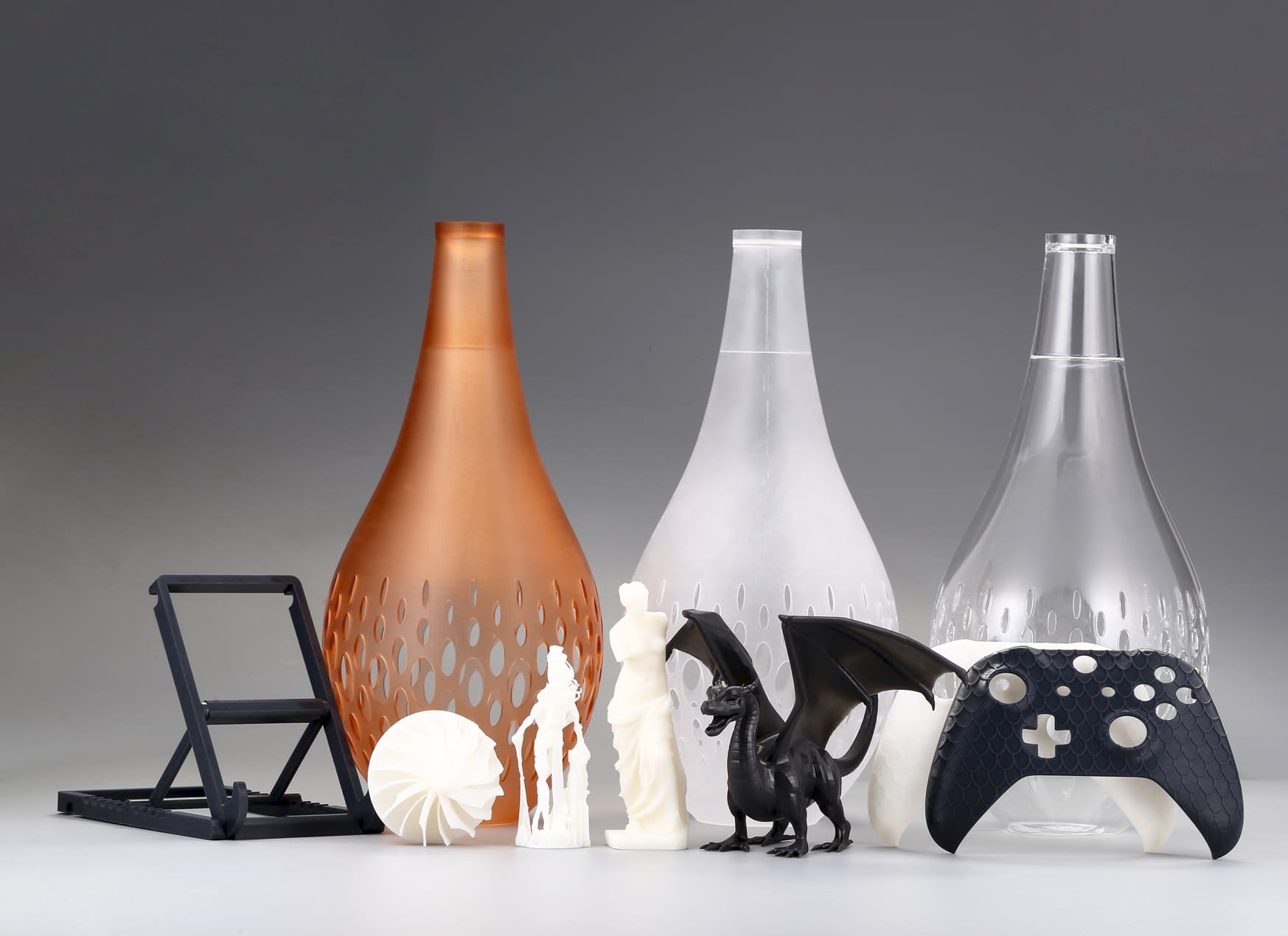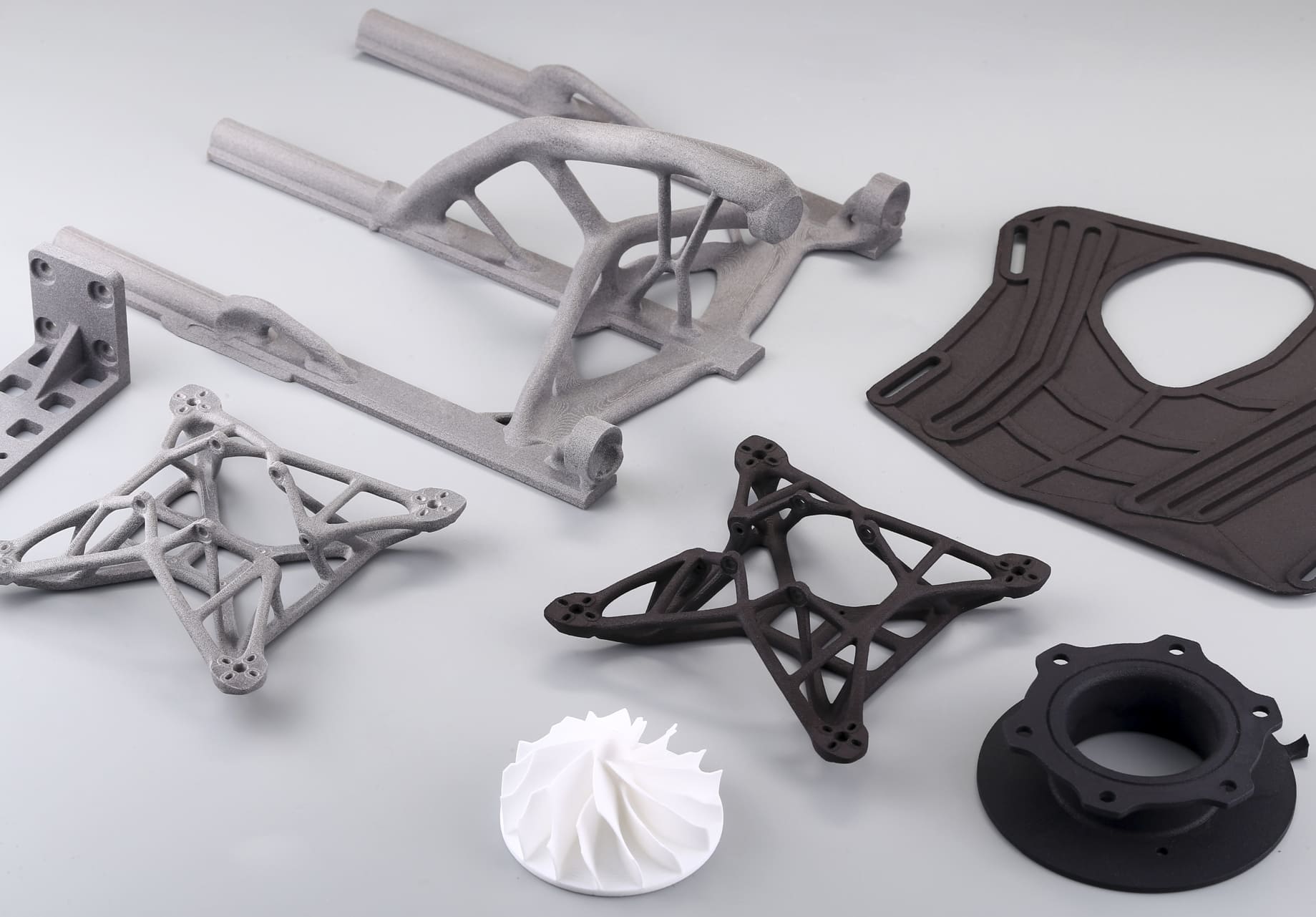3D Printing Pen
A 3D printing pen is a handheld device that functions much like a glue gun but with a twist—it extrudes heated plastic filament that cools rapidly to form a sturdy, three-dimensional structure. Unlike traditional 3D printers, which rely on computer-aided design files and large machinery to produce complex models layer by layer, 3D pens offer a freeform, intuitive way to create objects in real-time. They allow users to draw in three dimensions, blending the art of drawing with the science of manufacturing.
These pens have carved out a significant role in creative DIY projects and educational contexts. Artists use them to produce sculptures, craft intricate jewelry, or add dimension and flair to mixed-media projects. Meanwhile, educators find them especially useful for teaching STEM concepts, fostering hands-on learning, and promoting spatial awareness in students. The ability to visualize abstract ideas in a tangible form makes 3D printing pens a coveted tool across various learning environments.
In contrast to standard 3D printers, which are generally bulky, expensive, and require a steep learning curve, 3D pens are accessible and relatively inexpensive. They provide a more personal approach to creation—allowing anyone to experiment, design, and innovate without investing significant resources or space.
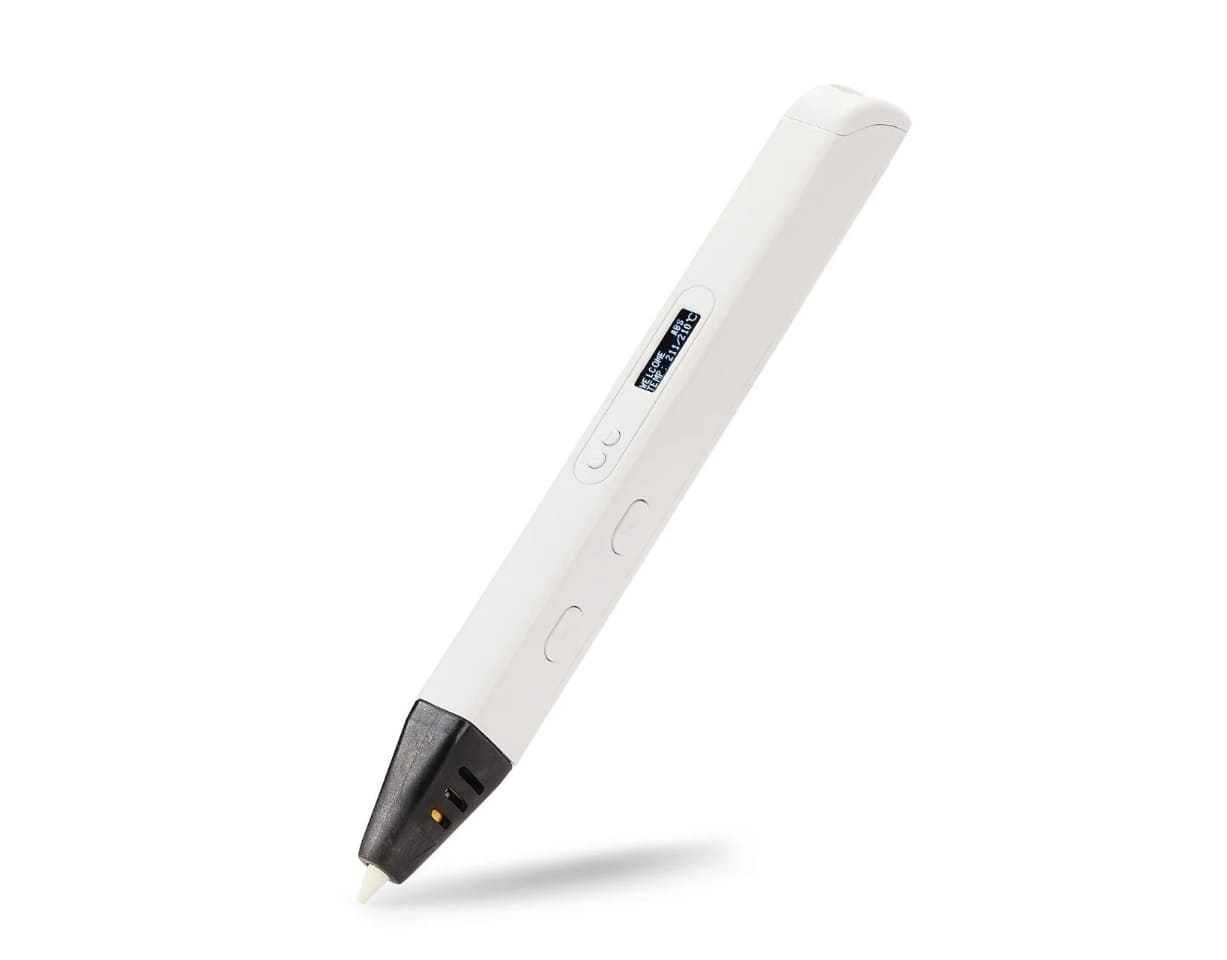
Image Source: MYNT3D
How a 3D Printing Pen Works
1. Filament Feeding: The pen is filled with a thermoplastic filament—commonly PLA or ABS—which serves as the “ink” for your designs.
2. Heating Element: When the device is switched on, an internal heating element melts the filament into a liquid state.
3. Extrusion: Once melted, the filament is extruded through a fine tip. As the melted plastic exits the tip, it is exposed to room temperature and rapidly solidifies into a permanent structure.
4. Control and Movement: Users control the speed, flow, and placement of the plastic with a trigger or button on the device, which allows for precise control over the thickness and detail of the lines being drawn.
*Some models even offer variable temperature settings, adjustable speeds, and dual-extrusion capabilities.
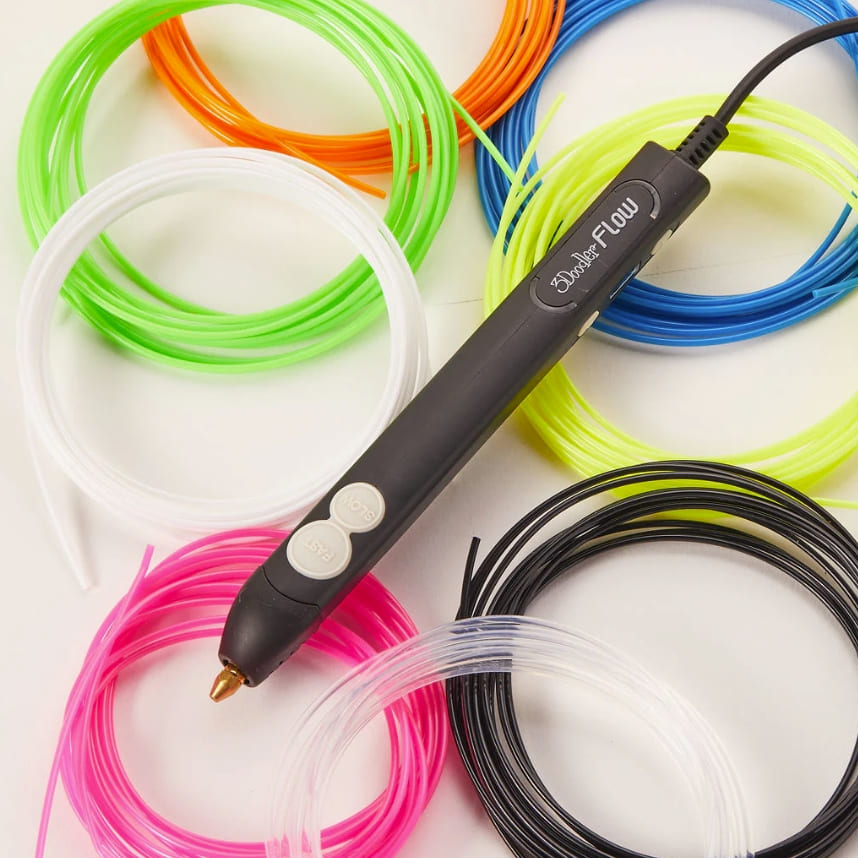
Image Source: 3Doodler Flow
Benefits of Using a 3D Pen
• Enhanced Creativity: A 3D printing pen acts as a bridge between imagination and reality, allowing users to sketch ideas in mid-air, leading to unexpected concepts and inspiring more intricate designs than traditional drawing methods.
• Hands-On Learning: In educational environments, 3D pens facilitate experiential learning by providing students with direct interaction with three-dimensional forms. They help in visualizing complex mathematical or engineering concepts and foster a better understanding of spatial relationships.
• Accessibility and Portability: Unlike full-scale 3D printers, these pens are lightweight, portable, and easy to use. This means you can carry them to workshops, classrooms, or even on vacation, making creativity accessible anytime, anywhere.
• Cost Efficiency: With a lower price point compared to full 3D printers, 3D pens allow novices and professionals alike to explore three-dimensional design without a hefty investment.
• Versatility: Whether you’re drawing intricate models, repairing household items, or crafting custom jewelry, 3D pens can be used in a variety of contexts. Their adaptability makes them an invaluable tool for a range of creative projects.
• Therapeutic Benefits: Many users have noted that the process of drawing in three dimensions is not only fun but also incredibly calming and therapeutic. The continuous feedback loop of action and result provides a meditative experience, turning creative practice into stress relief.
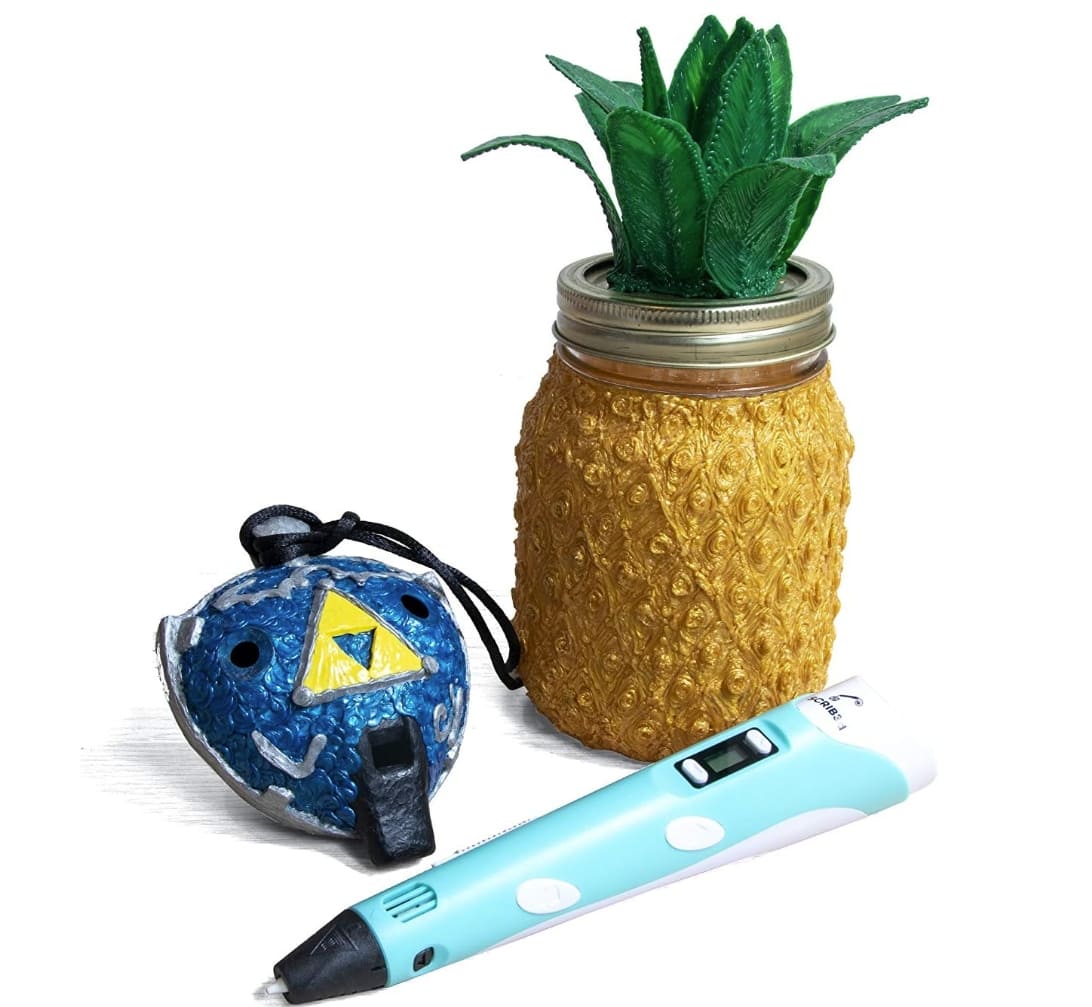
Image Source: SCRIB3D
Top 3D Pens in 2025
Here are the top picks for 2025 that stand out in terms of functionality, ease of use, and creative potential:
1. 3Doodler Flow
The 3Doodler Flow is known for its reliability and smooth performance. It is a versatile tool that can handle a variety of projects, making it a favorite among creative hobbyists.
Key Features:
• Advanced Heating Technology: Ensures a consistent flow of filament even during prolonged use.
• Smooth Operation: Offers precise control with adjustable speed settings.
• User-Friendly Interface: Ideal for beginners and professionals alike.
2. 3Doodler Start+
With its emphasis on safety and ease of use, the 3Doodler Start+ is a popular choice in educational settings, where it introduces children to the fundamentals of 3D printing and design.
Key Features:
• Child-Friendly Design: Specially designed with safety in mind, making it suitable for classrooms and young creators.
• Low Temperature: Reduces the risk of burns and ensures safe operation.
• Plug-and-Play: Simplifies the learning curve, allowing beginners to start creating right away.
3. SCRIB3D
SCRIB3D stands out with its focus on precision and ergonomics. Its design is perfect for artists who require exact details in their work, whether they are prototyping designs or producing fine art.
Key Features:
• Ergonomic Design: The pen is lightweight and comfortable for long creative sessions.
• High-Precision Extrusion: Offers meticulous control, ideal for detailed and intricate work.
• Fast Heating Time: Minimizes downtime, ensuring you’re ready to create at a moment’s notice.
4. MYNT3D Professional
For professionals and serious hobbyists, the MYNT3D Professional offers an unmatched level of detail and customizability. Its dual extruder system and advanced controls set it apart as the go-to tool for serious artistic and industrial applications.
Key Features:
• Dual Extruder Capability: Allows you to work with two different filament types simultaneously, opening up a world of color and material combinations.
• Customizable Settings: From temperature to extrusion speed, every detail can be finely tuned to your project needs.
• Robust Build Quality: Designed for continuous, professional-grade use.
Creative Applications
Artistic Sculptures and Mixed-Media Art
Use a 3D pen to create intricate sculptures, layering different colors and textures. Artists have been experimenting with combining hand-drawn elements with traditional mediums like painting to create multidimensional works of art.
DIY Home Decor
Craft custom ornaments, vases, or even furniture prototypes. The flexibility of a 3D pen allows you to create bespoke decor items tailored to your personal style.
Modeling and Prototyping
Designers and engineers can benefit from the immediate feedback of sketching in three dimensions. Create prototypes, model parts, or even architectural designs for a hands-on approach to problem-solving.
Educational Tools
Teachers can use 3D pens to construct models of molecular structures, geometric shapes, or historical artifacts. This tactile method enhances learning and stimulates curiosity among students.
Repair and Customization
For quick fixes or creative modifications, a 3D printing pen can be used to patch broken items or customize everyday objects. Whether it’s reinforcing a broken handle or adding unique features to a household gadget, the possibilities are endless.
Fashion and Accessories
Some innovators have taken 3D pens into the realm of wearable art. Create one-of-a-kind jewelry pieces, accessories, or even experimental clothing prototypes with the precision and versatility of these pens.
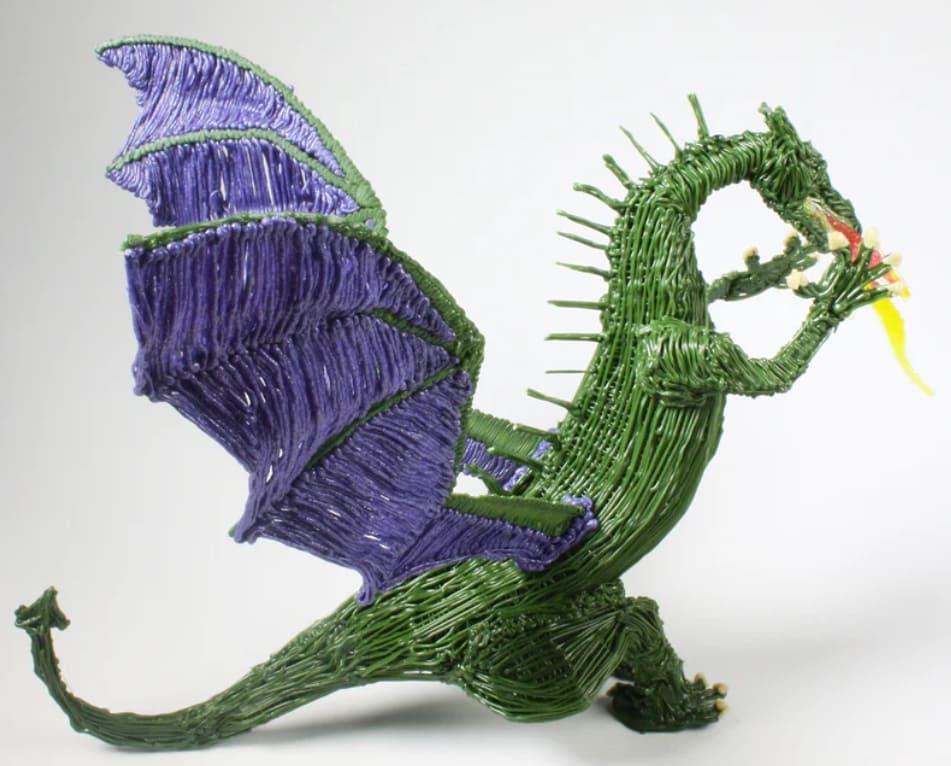
Image Source: MYNT3D
Tips for Beginners
|
Tips |
Details |
|
Start Simple |
Begin with basic shapes and designs. Practice drawing straight lines, curves, and basic geometric forms to build control and understand filament behavior. |
|
Maintain a Steady Hand |
Keep your movements slow and deliberate to ensure the layers fuse properly, preserving the structure and detail of your creation. |
|
Experiment with Settings |
Play with different speed and temperature adjustments. Learning how the filament reacts under various conditions will help you perfect your technique. |
|
Plan Your Design |
Sketch a rough outline of your project beforehand. Visualize how each layer will connect to streamline the building process. |
|
Invest in Quality Filaments |
Choose well-reviewed, compatible filament brands. Quality filament not only enhances the final product but also improves the pen’s performance. |
|
Practice Patience |
Allow yourself time to refine your technique. Mistakes are part of the learning process and can guide you towards improved creativity over time. |
|
Join a Community |
Engage with online forums, local workshops, or social media groups focused on 3D printing pens. Sharing experiences and tips can accelerate your learning. |
|
Safety First |
Always follow the manufacturer’s guidelines for temperature, handling, and maintenance. Work in a well-ventilated area and keep the pen away from children. |












